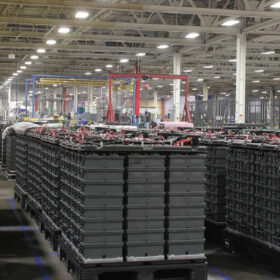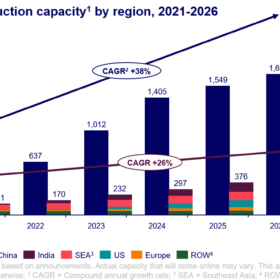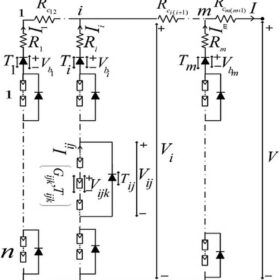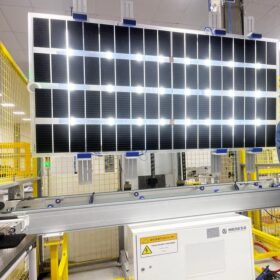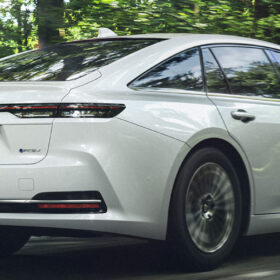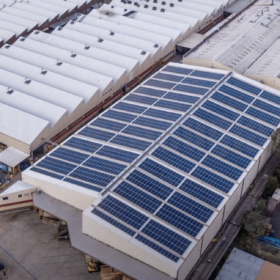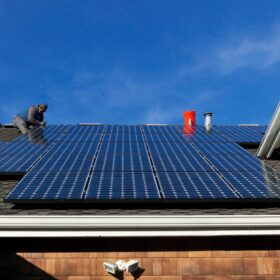Weekend read: BESS lessons learned
Taking a rigorous approach to inspection is crucial across the energy storage supply chain. Chi Zhang and George Touloupas, of Clean Energy Associates, explore common manufacturing defects in battery energy storage systems (BESS) and how quality-assurance regimes can detect them.
China expected to dominate solar manufacturing through 2026
A Wood Mackenzie report forecasts that China will hold more than 80% of poly, wafer, cell and module manufacturing capacity for the next three years.
Novel algorithm estimates global maximum power point in partially shaded PV systems
Developed by scientists in India, the global maximum power point (GMPP) technique is based on the voltage and current of strings in a PV array. The research group tested it in computer simulation, as well as through an experimental setup.
BYD unveils new agrivoltaics module
Chinese module maker BYD is producing a new bifacial monocrystalline panel at its manufacturing facility in Sao Paulo, Brazil. The module has a power output of up to 355 W and a conversion efficiency of 16.33%.
Longi claims 33.9% efficiency for perovskite-silicon tandem solar cell
The US Department of Energy’s National Renewable Energy Laboratory (NREL) has confirmed Longi’s achievement of a world record-breaking efficiency rating of 33.9% for a perovskite-silicon tandem solar cell.
Enel cancels second hydrogen project in Italy
Italian energy group Enel says it is scrapping its plans to build a hydrogen project in La Spezia, Italy, despite €13.72 million ($22.66 million) in European subsidies, while Toyota has introduced its new Crown Sedan fuel cell electric vehicles (FCEV) in Japan.
Why True Zero carbon is the right side of history
It is time to call out the problems of Net Zero, Enosi’s Grant McDowell argues. To reach a fully renewable grid, companies and institutions instead must embrace what he calls True Zero.
Novel tool for PV system sizing allows users to assess tradeoffs between reliability and costs
Developed by scientists in Egypt, trhe Green Energy Solutions software allows users to assess the tradeoffs between the PV system reliability and its costs. Compared to PVsyst, it has an error margin of up to 9%.
New research suggests renewables may not necessarily foster democracy, peace
Researchers in Germany have found that there is “no evidence” to support the notion that renewable energy generation fosters peace through prosperity. The trio of academics came to this conclusion after empirically testing the assumption that distributed renewable energies may reduce international conflicts and promote democratic values.
New survey shows ‘massive’ increase in PV module microcracks
A new study from Clean Energy Associates (CEA) shows that 83% of sites tested as part of a global survey had line cracks, 78% had a soldering anomaly and 76% had complex cracks. The survey involved visual inspections combined with electroluminescence testing across 148 sites in 16 countries.
